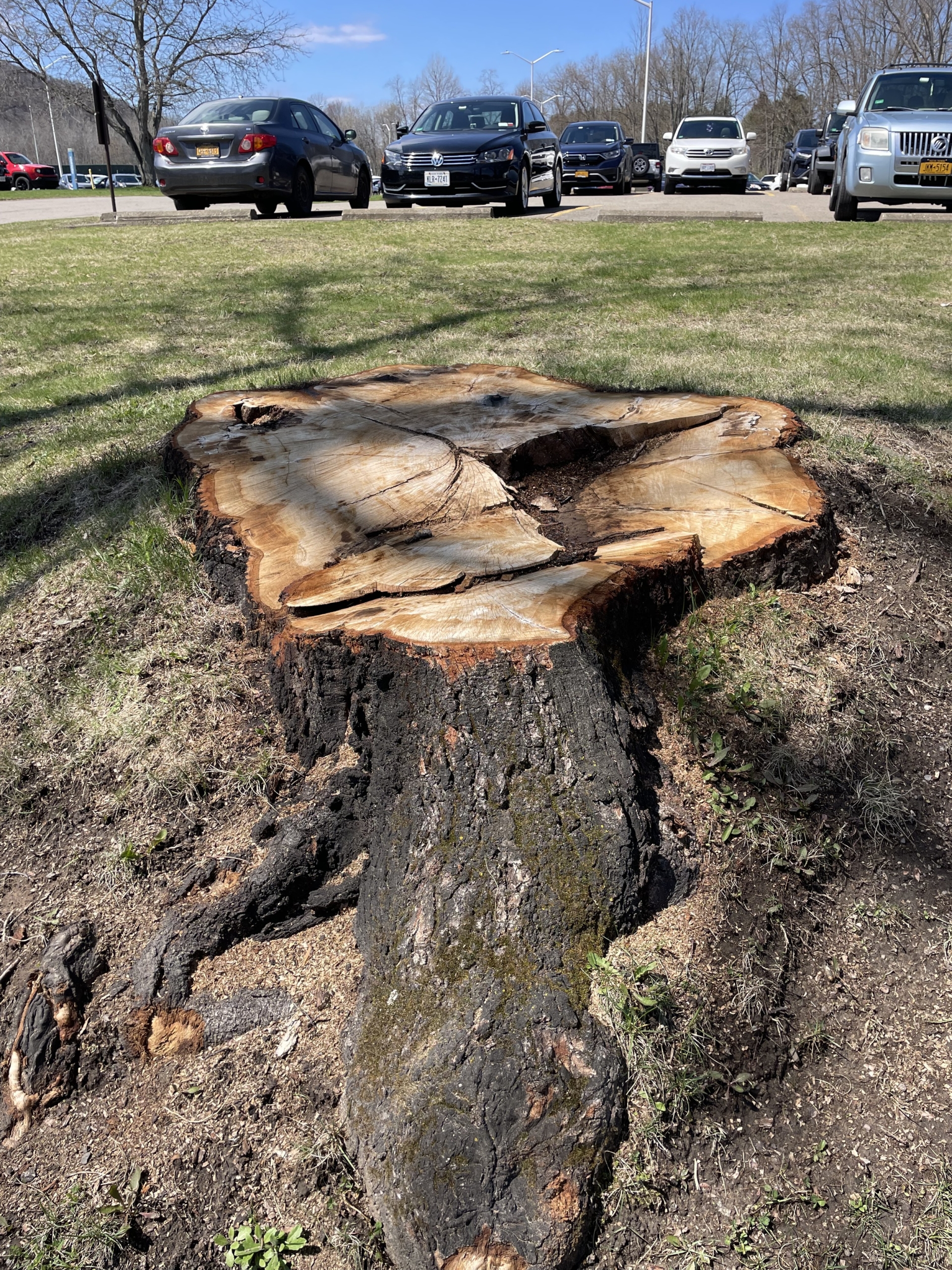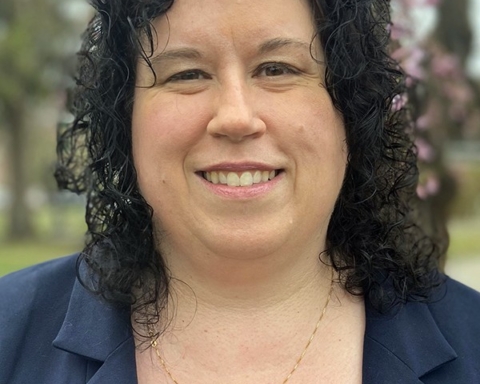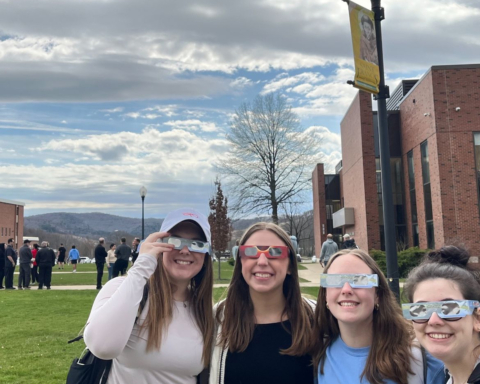The Center for Attention, Learning and Memory hosted a workshop on Feb. 12, bringing local educators together.
Sponsored by the Cattaraugus-Allegany Teacher Center, this workshop brought local superintendents together, as well as a representative from New York State Senator Kathy Young’s office and St. Bonaventure University’s Mike Hoffman, adjunct professor of strategic leadership.
Adam Brown, Ph.D., and Althea Bauernschmidt, Ph.D., co-directors for the Center for Attention, Learning and Memory (CALM), said the workshop was well attended.
“We were thrilled to share our research on teaching and learning with local superintendents,” Bauernschmidt said. “As researchers who are passionate about learning, we viewed this workshop as an opportunity to start a dialogue with local schools to share and improve our work.”
Brown and Bauernschmidt designed this workshop to correlate with their new book.
“This presentation is a direct outcome of our soon-to-be-released book, 5 Teaching and Learning Myths – Debunked,” Brown said. “The book is slated to be released next month from Routledge.”
Overall, the workshop was meant to highlight the biggest myths associated with teaching and learning.
“One learning myth that has gotten a lot of recent press attention is multitasking,” Bauernschmidt said. “When we think we are doing several things at once, we’re actually just switching our attention very quickly. So, we make mistakes, miss important details and have poor memory for the task we’re supposed to be focusing on.”
One of the main classroom culprits for multitasking is cell phones, Brown and Bauernschmidt said.
“Just having a cell phone out will distract you during lectures. Even if it’s turned off,” Bauerschmidt said. “We’re so trained to look at our cell phones that we glance over and check it, switching our attention, even when we know it’s not on.”
The presentation largely consisted of addressing myths and debunking them right after.
“We wanted to systematically dismantle the myths with current research,” Brown said.
Other common misconceptions include the myth of how examples work, that testing is bad for students and the faulty nature behind many different learning styles, Brown said.
The information from this workshop is important for Bonaventure students and professors, and equally important for students of all ages in our local area, Brown said.
“We wanted to reach out to our fellow educators to impress upon them the very real advantages of this cutting-edge research,” Brown said.
The purpose of the Center for Attention, Learning and Memory is to centralize research from across campus in the areas of attention and learning, including growth in communication, an increased awareness of the importance of teaching and learning and the promotion of student and faculty collaboration.
“It is our sincere hope that this workshop will help generate further support for credible research that helps our fellow educators and their students,” Brown said.
Photo courtesy of Country Living






